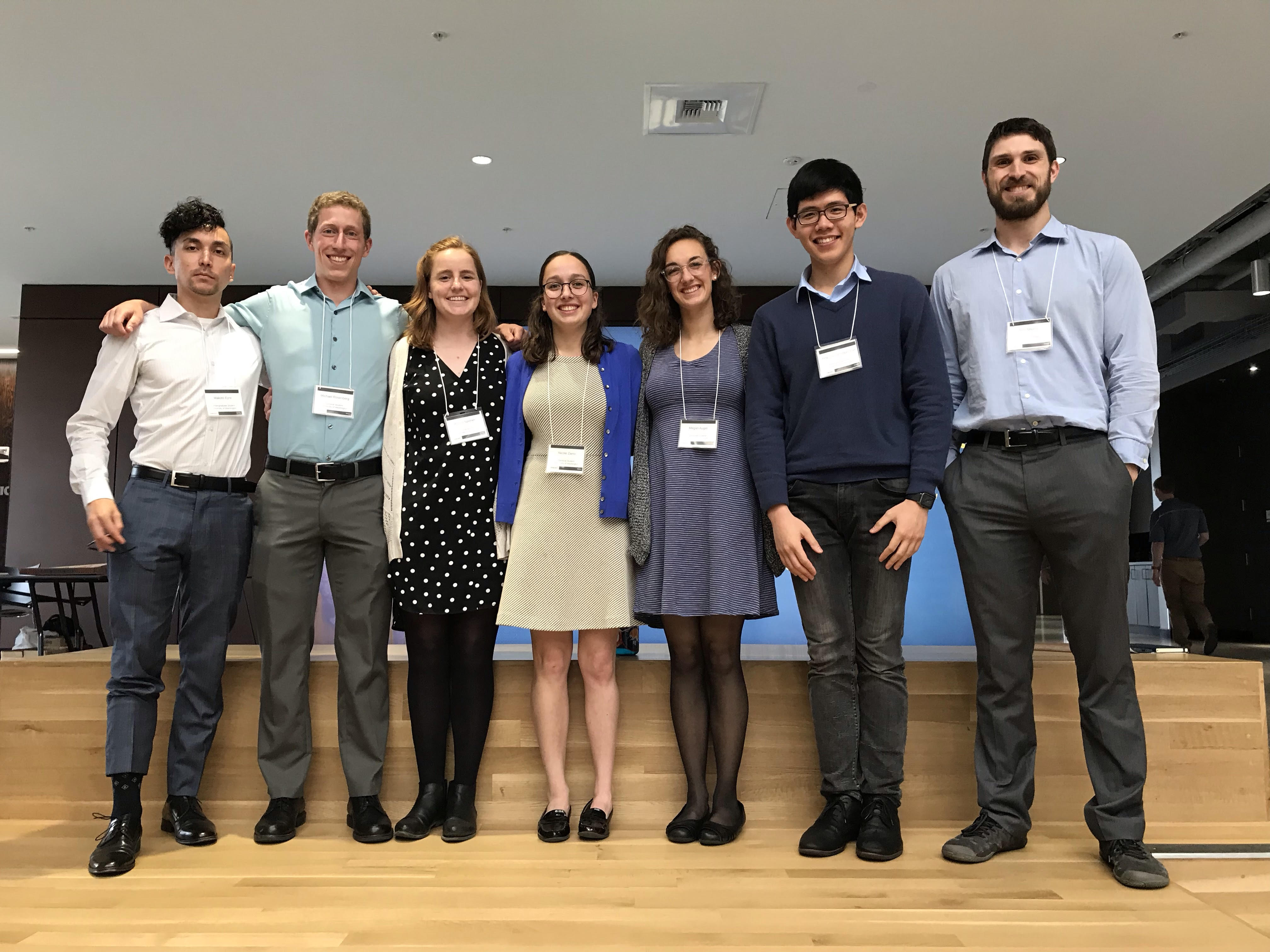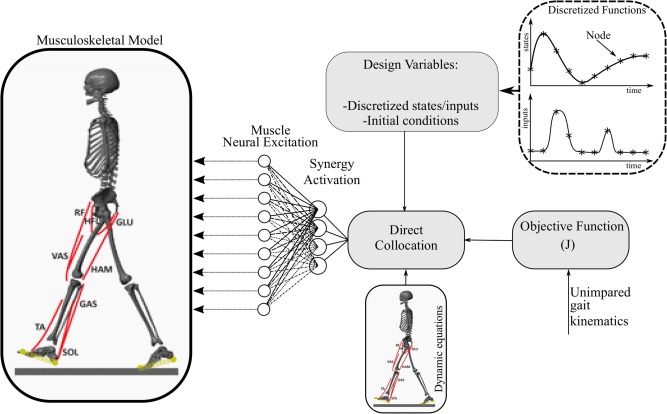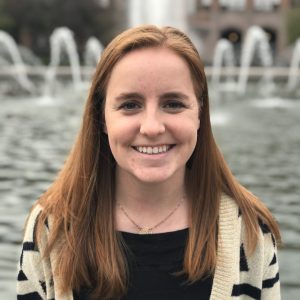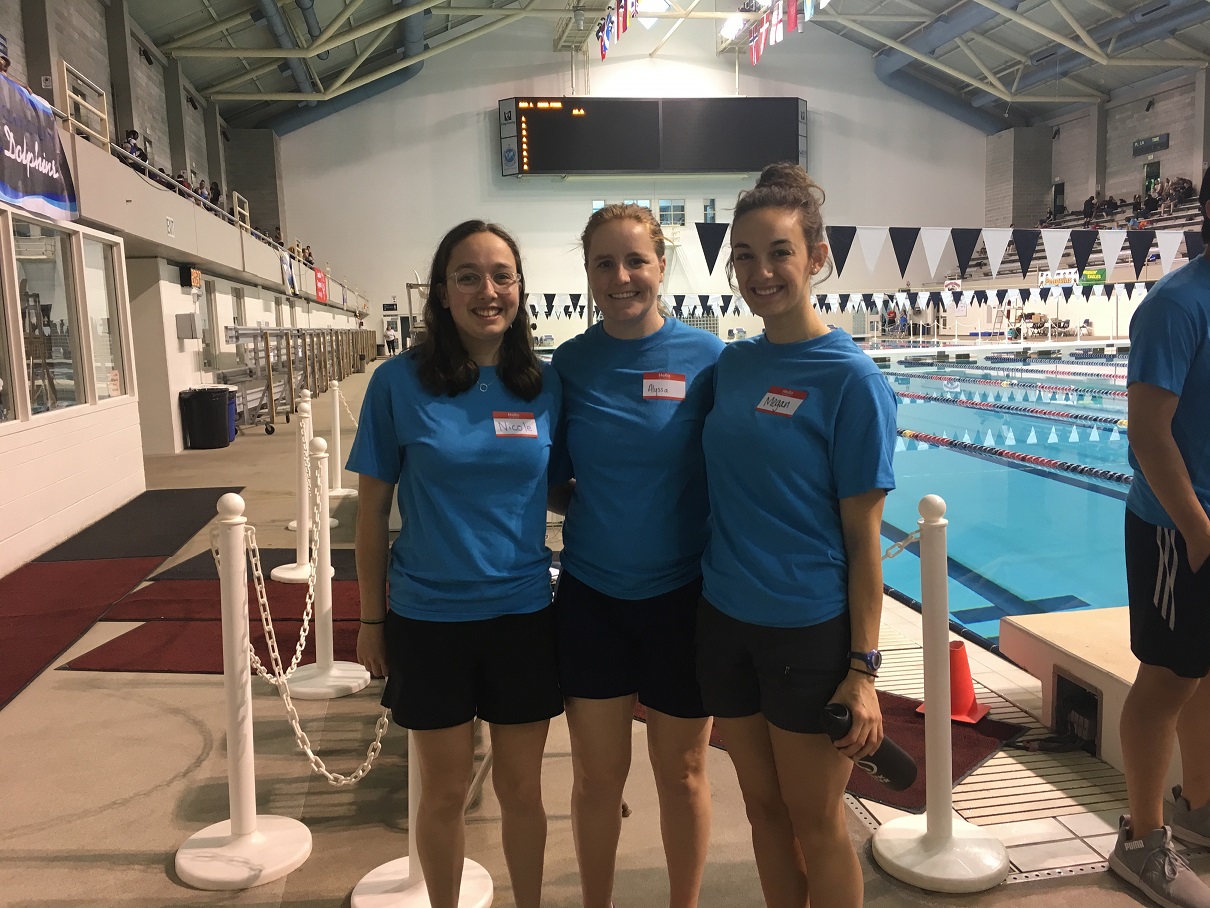Nicole Zaino, Alyssa Spomer, and Megan Auger volunteered at the swimming event at the Special Olympics Washington’s State Spring Games. Congratulations to all of the athletes!
Author: Nicole
Steele Lab presents at Northwest Biomechanics Symposium!
 The Steele Lab had a great time presenting their research at the Northwest Biomechanics Symposium (NWBS) on May 17-18, 2019 in Bozeman, MT. Preston Pan, Ben Shuman, Nicole Zaino, Megan Auger, and Mokoto Eyre all gave podium presentations during the conference, and Michael Rosenberg and Alyssa Spomer gave poster presentations.
The Steele Lab had a great time presenting their research at the Northwest Biomechanics Symposium (NWBS) on May 17-18, 2019 in Bozeman, MT. Preston Pan, Ben Shuman, Nicole Zaino, Megan Auger, and Mokoto Eyre all gave podium presentations during the conference, and Michael Rosenberg and Alyssa Spomer gave poster presentations.
Congratulations to Preston Pan for winning the best undergraduate podium presentation award!
NWBS is a student-friendly conference and incorporates research labs from all of the Northwest, including Canada. Thank you to Scott Monfort, James Beckert, and their students for putting on a great event.
N Mehrabi, MH Schwartz, KM Steele (2019) “Can altered muscle synergies control unimpaired gait?” Journal of Biomechanics
Journal Article in Journal of Biomechanics:
Musculoskeletal models of gait with lower dimensional control spaces showed that an individual with reduced number of synergies could not produce an unimpaired gait
 Background: Recent studies have postulated that the human motor control system recruits groups of muscles through low-dimensional motor commands, or muscle synergies. This scheme simplifies the neural control problem associated with the high-dimensional structure of the neuromuscular system. Several lines of evidence have suggested that neurological injuries, such as stroke or cerebral palsy, may reduce the dimensions that are available to the motor control system, and these altered dimensions or synergies are thought to contribute to impaired walking patterns. However, no study has investigated whether impaired low-dimensional control spaces necessarily lead to impaired walking patterns.
Background: Recent studies have postulated that the human motor control system recruits groups of muscles through low-dimensional motor commands, or muscle synergies. This scheme simplifies the neural control problem associated with the high-dimensional structure of the neuromuscular system. Several lines of evidence have suggested that neurological injuries, such as stroke or cerebral palsy, may reduce the dimensions that are available to the motor control system, and these altered dimensions or synergies are thought to contribute to impaired walking patterns. However, no study has investigated whether impaired low-dimensional control spaces necessarily lead to impaired walking patterns.
Methods: In this study, using a two-dimensional model of walking, we developed a synergy-based control framework that can simulate the dynamics of walking.
Results: The simulation analysis showed that a synergy-based control scheme can produce well-coordinated movements of walking matching unimpaired gait. However, when the dimensions available to the controller were reduced, the simplified emergent pattern deviated from unimpaired gait. A system with two synergies, similar to those seen after neurological injury, could not produce an unimpaired walking pattern.
Conclusions: These findings provide further evidence that altered muscle synergies can contribute to impaired gait patterns and may need to be directly addressed to improve gait after neurological injury.
Alyssa Spomer named TL1 scholar, 2019 Cohort
 We are very proud to announce that Alyssa Spomer is part of a cohort of 16 new trainees in the Institute of Translational Health Sciences (ITHS) TL1 Translational Research Training Program. This is a one-year mentored research training program in translational science in a cross-disciplinary community with training, career development, and team science skills.
We are very proud to announce that Alyssa Spomer is part of a cohort of 16 new trainees in the Institute of Translational Health Sciences (ITHS) TL1 Translational Research Training Program. This is a one-year mentored research training program in translational science in a cross-disciplinary community with training, career development, and team science skills.
Project Title: “Evaluating motor control plasticity to inform the development of biofeedback technologies for use in cerebral palsy rehabilitation”. Congratulations Alyssa!

